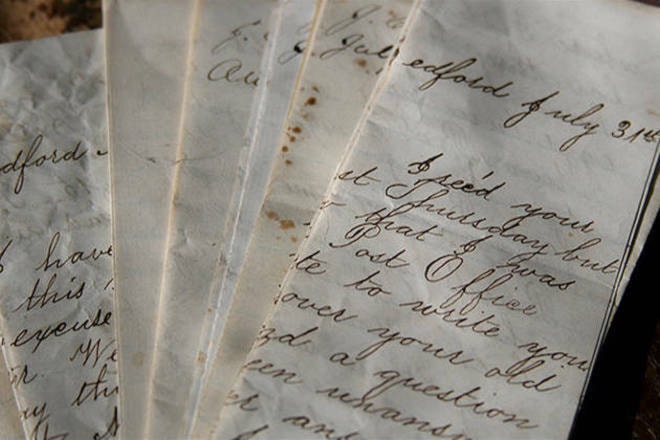Help songbirds survive in your own backyard
Spring is here, and with it comes bird nesting season. Already the little Anna’s hummingbird that overwinters in southwest B.C. has nestlings, and these tiny birds are kept busy finding insects to feed their young. All the songbirds, including robins, juncos, towhees, and many others, are now or will soon be mating and nesting. We are aware that songbirds are declining, as are most native wildlife species. I’d like to share with you a couple of important facts that I’ve learned about these small birds that grace the land we share.
I spent over a decade in the tree and landscape industry. I’ve personally observed the destruction and abandonment of bird nests due to human carelessness. Qualified landscapers and arborists are trained to inspect trees, shrubs and hedges prior to commencing work, but many don’t, either because they’re busy and forget, or possibly just because it’s not considered a priority. Many homeowners do their own tree and shrub pruning, and don’t realize until it’s too late that they’ve disturbed a nest. Birds often abandon nests once scared away and the nestlings are left to die. Nature has its own ways. Many small birds such as junco will even make nests in potted plants such as grasses. You can help songbirds survive in raising their young by checking before you commence plant handling activities, even as simple as watering a container.
The other thing I’ve learned (and this was a complete revelation to me, and not included in my own university education) is the importance of native plants to the insects that have co-evolved with them. Insects are the bottom of the food chain and without them nothing else on this planet survives. Insects, I’ve learned, have a very direct connection to the plants that they require for rearing their own offspring — if they don’t have these plants, they don’t reproduce. Hence, insect populations decline. And small birds, being a somewhat short step up from insects in nature, require those insects, and most importantly, their protein and fat rich larvae with which they nurture their young. While adult birds might be great consumers of many native and non-native berried plants, they do not rear their young on berries. They need the insects and insect larvae or the brood doesn’t fledge. Trees such as alder and poplar, considered by the forestry industry to be junk, are exactly the kinds of trees that insects require to produce their larvae, and it’s these critters that support small bird life.
I sincerely hope you will take this message to heart and consider what you can do to be a better steward of your own back yard in helping nature survive.
Jacqueline Sherk
Lake Cowichan
